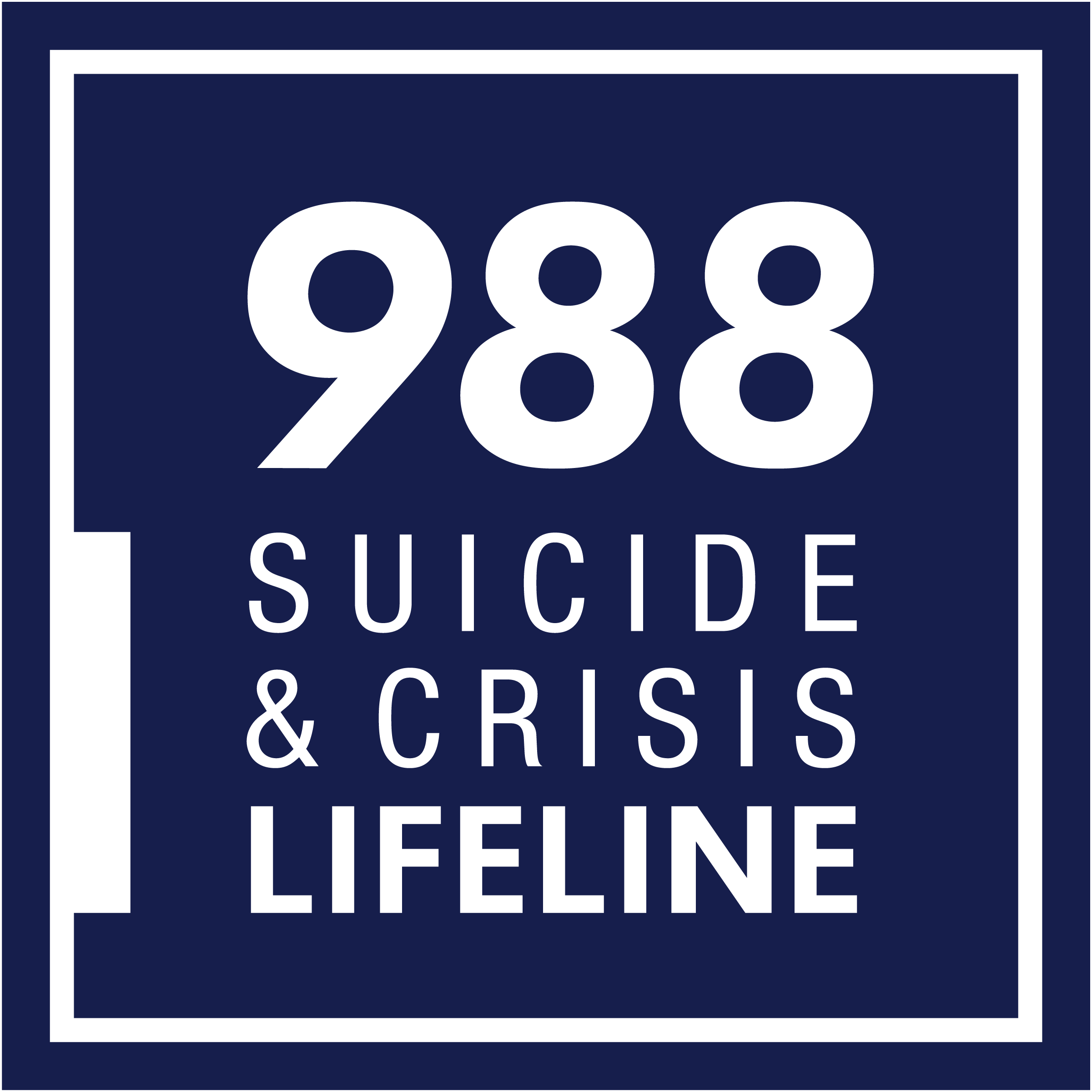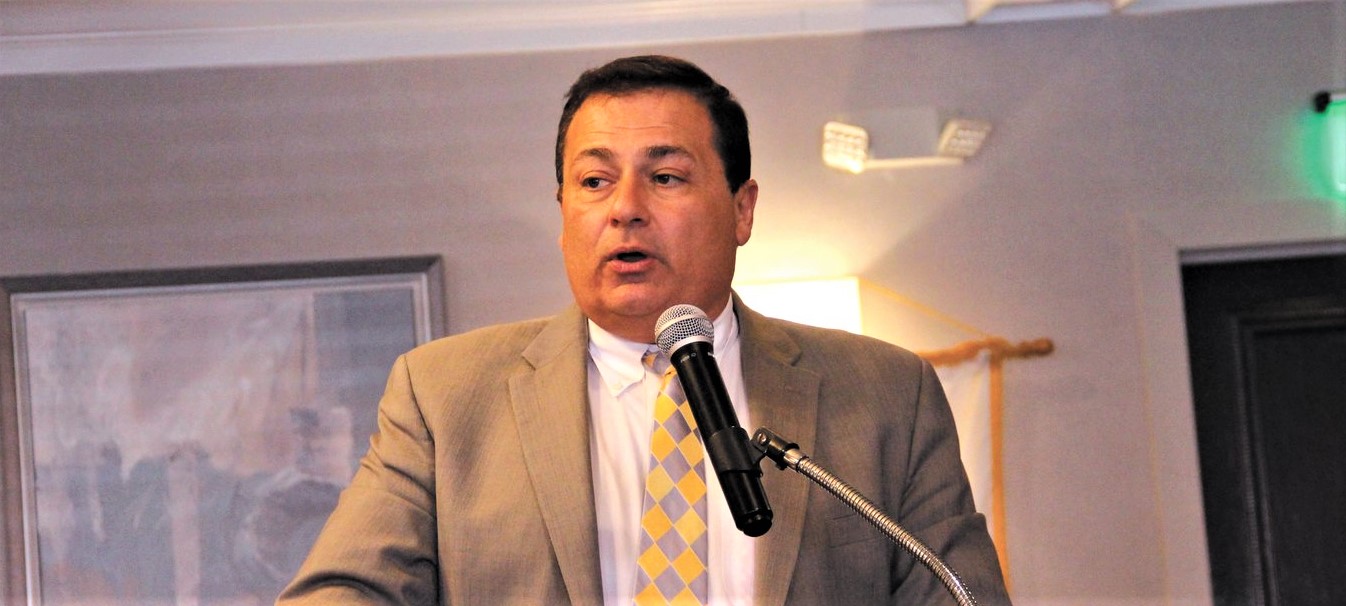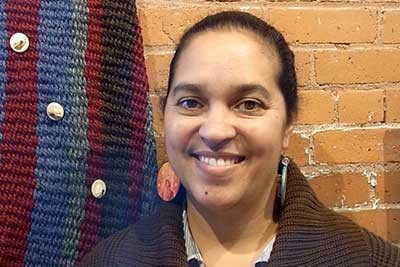“There are things, events in your life, that may have happened recently that could increase the risk right now.”
PROVIDENCE — When the sun rises on a new day, some Rhode Islanders may not realize the weight carried by many in silence. But behind the normal hum of traffic, school bells, and workplace chatter lies a quiet and urgent crisis: suicide. Although it is often hidden, the statistics, the families left behind, and the policy responses all tell a story that Rhode Island is struggling to face—and attempting to change.
Suicide is a serious public health issue both nationally and locally. To help understand the scope of suicidality, Rhode Island has multiple suicide-related databases that collect and categorize data. Taking the time to understand the data, understanding the role mental health providers play and understanding the roles that family and friends play can contribute to lower rates of both suicidal inclinations and suicide attempts, according to experts.
According to data received from Care New England, males ages 25-64 are most at risk. This is likely due to multiple factors, such as a history of mental health struggles, a family history of mental health struggles, environmental factors such as financial, food and housing stress, or any combination of these. Other at-risk groups as identified by the Rhode Island Department of Health include those who identify as LGTBQ+; groups of people who face social stigma, isolation and discrimination; veterans; first responders; those with substance-use disorders; those who have experienced a suicide related loss; people who have prior suicide attempts; and people who have access to lethal means such as firearms and certain medications.
Over the past decade, the suicide rate in Rhode Island has increased 34.2%. This rate is 14% greater than the national average during the same time. According to the Centers for Disease Control and Prevention, CDC, in 2022 alone, about 126 adults died from suicide. This equals about 10.6 per 100,000 people. Of the 126 deaths, 23 involved guns. In 2023, gun-related suicide deaths increased to 38. This was a 55% increase from 2022. Though Rhode Island has the 5th lowest gun suicide rate in the United States, the number of gun-related suicides has increased 76% since John Hopkins University began collecting data in 2014. (It is important to note that when data is complied, it does not reflect the current year.)
According to Youth Risk Behavior Survey (YRBS) data, in 2023, 15.7% of teens and adolescence surveyed in Rhode Island seriously considered attempting suicide in the past year. Almost 10% of those surveyed attempted suicide one or more times. Since YRBS began collecting date in 2003, there have been increases in these statistics. However, over the last two years, the numbers remain in the same range, though beginning to trend downwards. In addition, according to the Rhode Island Youth Suicide Prevention Program (RIYSPP), in an average high school class of 25, eight students report feeling sad or hopeless for two or more weeks in a year, and three seriously consider suicide during that time.
One of the clearest signals of increased mental health distress is the surge in calls to crisis lines. In Rhode Island, the statewide 988 Suicide & Crisis Lifeline, which was launched in July 2022, has seen an increase in use. In July 2022, the hotline received about 490 calls. By July 2025, that had jumped to around 1,530 calls. Over its first year, from July 2022 to June 2023, Rhode Island logged 6,285 calls, roughly 58 percent more than the prior year’s 10-digit hotline calls. Rhode Island also ranks among the top states nationally in the percentage of calls answered in-state, not calls forwarded, and in speed of response. The jump in call volume suggests both greater need and growing awareness that help is accessible. But it also places pressure on crisis infrastructure to scale safely and maintain quality.
In addition to the crisis text lines, physicians can often serve as the first line of defense preventing suicide. While clinicians and physicians who work specifically in the mental health field can assess someone for risk of suicide, anyone can screen for suicide. The Joint Commission, the entity that oversees the evaluation and credentialling of healthcare organizations, requires that people who are actively being treated for behavioral health conditions be screened for suicide risk. There is no universal screening requirement, meaning that people who fall outside of the at-risk parameters are not screened unless there is a concern.
Care New England recently offered training through Counseling on Access to Lethal Mean, or CALM. This evidence-based training was opened to all providers in Rhode Island, including, but not limited to, mental health clinicians, primary care providers, substance abuse counselors, suicide hotline responders and crisis intervention service specialists. The purpose of CALM training is to “reduce the risk of suicide death in at-risk people while respecting their rights and autonomy.”
CALM was created to equip mental health professionals to efficiently and collaboratively counsel patients and families on why and how to reduce access to lethal means when someone is at risk for suicide. CALM training gives providers the tools to have these conversations in ways that are respectful and culturally appropriate, especially with families who own firearms, to create a safer home environment, especially when an individual is at a high risk for suicide. Funded by the CDC, as well as philanthropic donations made to Butler Hospital, 89 clinicians in emergency and behavioral health settings attended this training.
It appears that trainings of this nature are effective. A recent evaluation completed by the Rhode Island Department of Health shows that 83% of Care New England clinicians are now screening for suicide risk and 67% of them are doing so at every visit. In general, clinicians are reporting a significant increase in confidence in collaborating with patients and their families regarding environmental safety and medication storage. These conversations have been shown to reduce suicide risk.

Dr. Lisa Uebelacker, the Director of Research and the Co-Director of the Behavioral Medicine and Addictions Research Group at Butler Hospital, notes that it is not just people with mental and behavioral health concerns who are at an increased risk to attempt suicide. “There are things, events in your life, that may have happened recently that could increase the risk right now,” she said. “A big period of risk is transitions of care [including] transitioning from inpatient psychiatric hospitalization to outpatient and transitioning from jail to community. Times of loss, humiliating events, or fights with loved ones might be times of elevated risk as well.”
Brown University Health also is concerned with the mental health of Rhoad Islanders. Dr. Karyn Horowitz, a Child and Adolescent Psychiatrist and the Chief Medical Officer at Bradley Hospital, states that it is Brown University Health policy that anyone who presents for care and has a history of behavior health concerns should have a screening using evidence-based tools. The screening is called the Columbia Suicide Severity Rating Scale, or C-SSRS. The C-SSRS asks questions regarding suicidal ideation, intensity of ideation and suicide behavior. If the screening is positive, defined as answering “yes” to any question, then a full assessment, called the SAFE-T Suicide Assessment, or simply, SAFE-T, is completed by a licensed mental health professional. This assessment is similar to C-SSRS but dives deeper into risk factors; protective factors, such as life skills and beliefs; and thoughts, plans, behaviors and intent. These tools are evidence-based and have been proven to be effective.

Brown University Health offers trainings that are open to anyone in the use of the C-SSRS screening through the Bradley Learning Exchange, or BLE, a department of Bradley Hospital that conducts training for non-clinicians around mental health topics. According to Dr. Horowitz, in August 2025 alone, the BLE trained 879 school personnel in suicide prevention. In the past year, there were 24 training sessions in seven school districts, a training session at Rhode Island College, four open community training sessions, and a training at Crossroads Rhode Island for their staff. This is about 2,100 people trained in suicide prevention. For more information on the BLE mental first aid training, please see this link.
Efforts to prevent suicide in Rhode Island operate at multiple levels—public awareness, schools, healthcare settings, policy and infrastructure, and crisis systems. In 2022, the state secured $750,000 via a Veterans Administration prevention grant to coordinate veteran-focused outreach and services. In August 2023, the CDC awarded $915,000 to Rhode Island to develop a data-driven suicide prevention program for higher-risk groups.
There are also multiple local agencies tasked with the difficult job of prevention, education and intervention. The backbone of crisis response in RI is the 988 Lifeline, managed locally by BH Link (Behavioral Health Link) in East Providence. The 988 Lifeline is a 24/7 hotline accessible via calling or texting for people who are in crisis or for those worried about someone else. The state’s Violence & Injury Prevention program, under the Rhode Island Department of Health, is tasked with coordinating interagency efforts and tracking outcomes. In addition, hospitals and walk-ins offer evaluations whenever they are needed. These are just a few resources that aim to pivot beyond reactive crisis care, toward prevention, early intervention, and long-term support in adults.
For children and adolescence, a collaboration of Rhode Island Student Assistance Services, the state Department of Health, Bradley Hospital, Brown University, and school districts provide universal prevention, training, crisis response protocols, and outreach for people age ten to 24. Many high schools now incorporate mental health first aid training for staff or peer-led initiatives to reduce stigma and promote help-seeking. For families with children experiencing mental health concerns, they can reach out to Kids’ Link where a clinician will assist with immediate needs and can assist with exploring what resources are available.
There is also a need for policy implementation, or in some cases, policy change. Advocates have pushed legislation to install suicide barriers on bridges. For example, the iconic Pell Bridge in Newport has become a focus point after high-profile suicides.
In terms of gun policy, encouraging secure storage, voluntary lockboxes, or temporarily restricting access to firearms during crisis periods is advised by experts.
Rhode Island’s multi-sector approach leverages federal grants, coordination between health, human services, and public safety agencies, and mandates for data sharing. Recognizing that first responders and public safety personnel carry high stress and trauma exposure, efforts include peer support, confidential counseling, training, and promoting mental health culture in high-stress professions.
It is also important for community members to get involved, experts declare. Rhode Island Regional Prevention Coalitions, or RIPrevention, mobilizes local groups to educate families, schools, and youth on behavioral health and substance misuse. Local awareness campaigns, gatekeeper training (such as QPR—Question, Persuade, Refer), mental health literacy workshops, and collaboration with local coalitions like RIPrevention help reduce stigma and improve recognition of warning signs.
Despite efforts, Rhode Island faces hurdles in preventing suicides, according to experts, who note that more people seek help than crisis lines, outpatient services, or inpatient beds than can always be accommodated – and maintaining counselor staffing, training, and seamless referrals is a constant challenge. It is also important to ensure continuity of care, they say; ensuring that someone transitions from a crisis call to long-term treatment, be it therapy, medication, a follow-up, or a combination thereof, is critical.
There is also the issue of accessibility and provider availability. Some of the more rural parts of the state have limited mental-health provider networks. Some populations face health insurance, language, cultural, or transportation barriers.
Despite awareness efforts, stigma about mental illness and suicidal thoughts remains. And experts say challenges remain in obtaining real-time or predictive analytics, cross-agency data sharing, and evaluating which interventions save lives.
Anyone in immediate danger should call 911.
Call 988 or text HOME to 741741 if you are having thoughts of suicide or are in crisis. 988 is free, available 24/7, and confidential.
Other resources:
● BHLink: For confidential support and to get connected to care, call (401) 414-LINK (5465) or visit the BHLink 24-hour/7-day triage center at 975 Waterman Ave., East Providence. Website: bhlink.org
● The Samaritans of Rhode Island: (401) 272-4044 or (800) 365-4044. Website: samaritansri.org
● The Crisis Text Line: Text HOME to 741741 “from anywhere in the USA, anytime, about any type of crisis.”
● Butler Hospital Behavioral Health Services Call Center: Available 24/7 “to guide individuals seeking advice for themselves or others regarding suicide prevention.” (844) 401-0111






